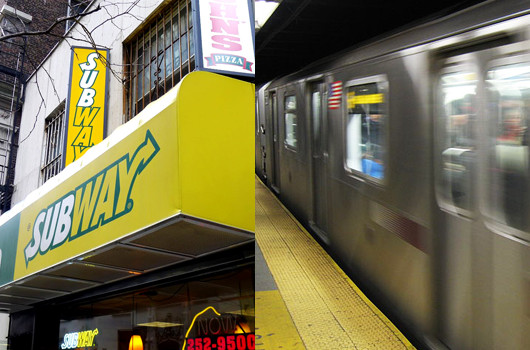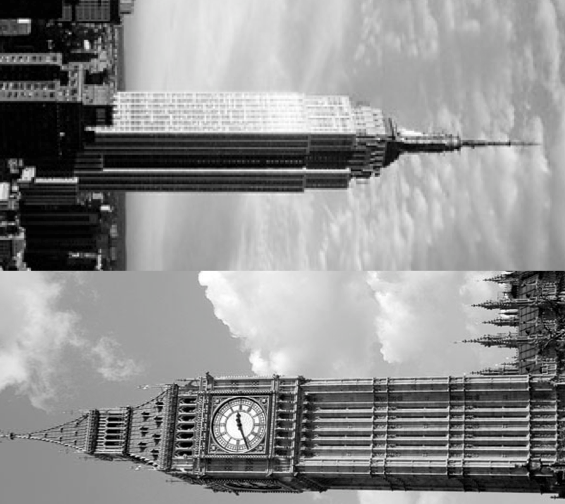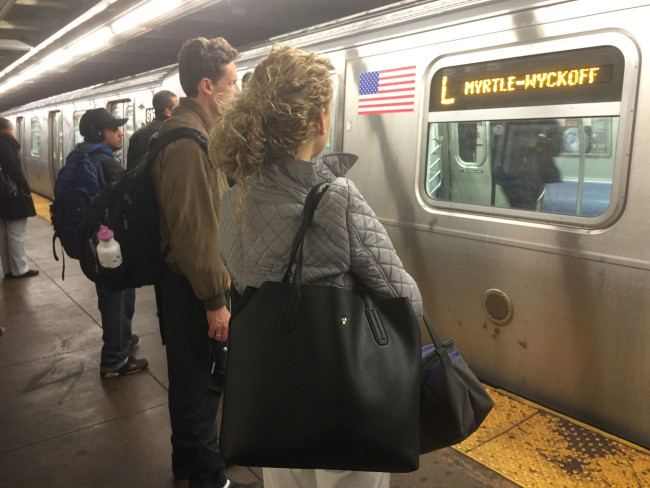What the MTA can learn from the London transport system
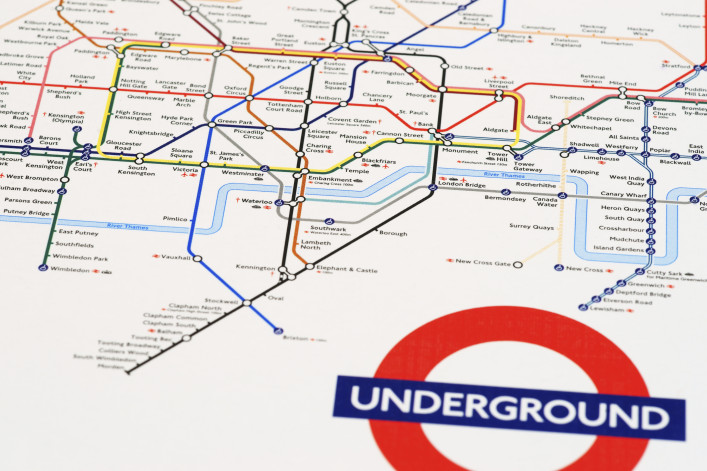
After spending nearly a month in London last summer, I often find myself feeling nostalgic about the mild weather, the quaint cobblestone streets, the beautiful and historic buildings, and, yes, the Cadbury chocolate. You know what else I miss? The London public transportation system.
Sure, the Underground (a.k.a "the Tube") is in general more expensive than the New York City subway—London is divided into "zones" and trips cost more the further they are from the center, a.k.a "Zone 1"—and I regularly paid the equivalent of about $8 to get in and out of Central London from my temporary digs in the northern slice of the city.
Plus, since subway cars aren't air-conditioned, things got rather hot during a summer heat wave (in NYC at least only the subway platforms are steamy).
[Note: This story originally ran in August 2016.]
Still, the MTA could stand to learn from their friends over in Blighty, both in terms of the bus and subway. Here, the top four lessons:
1. Contactless cards
You can't pay for London buses with cash or coins, but you can do it just by tapping a "contactless" credit card (meaning it doesn't need a pin number, the way most U.K. cards do). That's totally convenient and faster than watching tourists attempting to put their MetroCards in correctly again and again. Contactless cards can also be used to pay for the tube, if you don't opt to buy an Oyster card—London's own version of the MetroCard, which offers discounts on rides for the bus and subway.
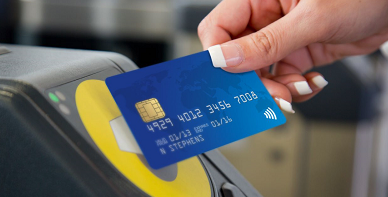
2. Baby and toddler-friendly buses
As all new parents know—and hate!—strollers have to be folded before you and your little one can get on an NYC bus. But in London, you can push your stroller (complete with napping baby or toddler) right onto the bus, where there's a designated spot for them (and wheelchairs). If there's more than one wheelchair on a bus, you'll have to fold your stroller, but otherwise baby can stay put.
3. An easy-to-follow Underground system
Every station in London has those countdown clocks that NYC has slowly been rolling out, so you can quickly tell when your train is coming. Plus, right outside every individual stop, there's an easy-to-follow map that shows you where the train that comes to that track is headed (see photo below).
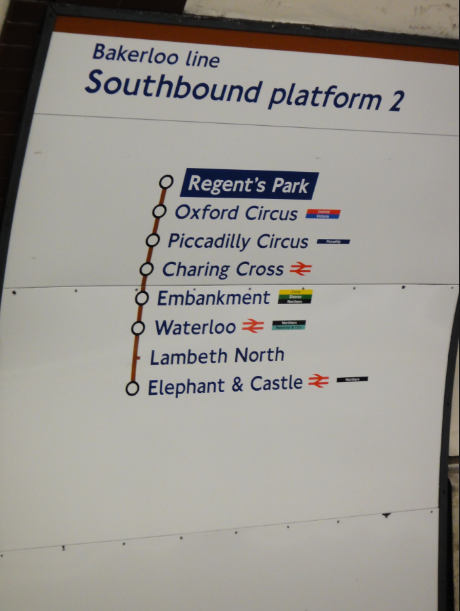
4. Double-decker buses
There must be some reason NYC hasn't followed London's lead on the whole double-decker bus thing, but we don't know what it is. In a city where we're always told to make use of vertical space, it would seem to be more space (and traffic) efficient to have buses that are twice as large but take up the same amount of street space, rather than those accordion-style buses we have that just seem to jam up intersections for fun.
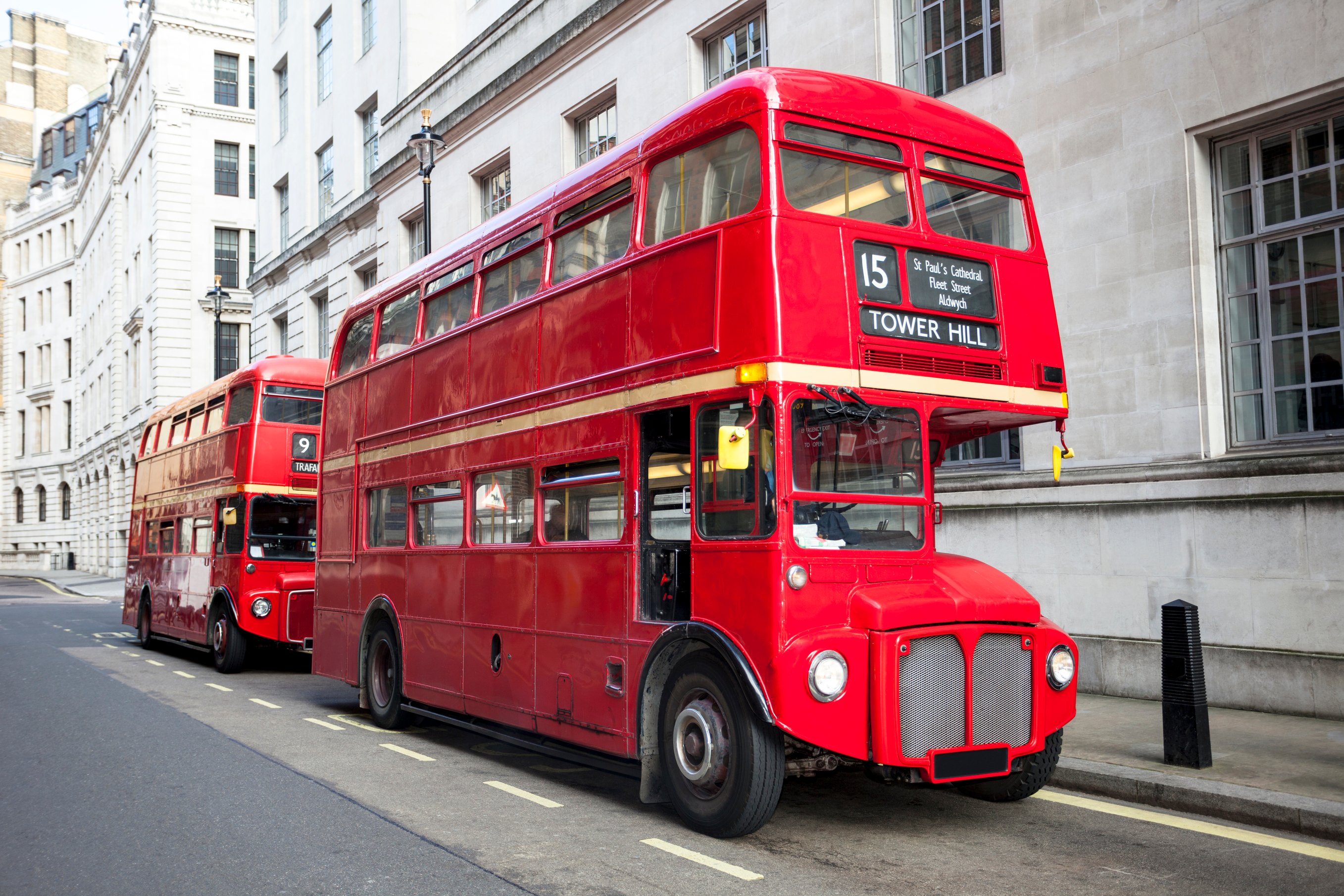
And, tips for those visiting London for the first time:
- Hold onto your cards. If you opt for a ticket rather than buying an Oyster card or using a contactless card, take note that you need to insert the ticket into the machine when you enter the Tube and when you get out. Don't lose your card in between!
- Oyster cards are generally worth buying, and basically free. The cards, which you can top off to your heart's content, cost 5 pounds but cut down on your travel fees immensely. Plus, you can return them at the end of your stay and get your money back.
- The city sleeps. Unlike the NYC subway, the London tube closes at midnight (and there are specific night buses, so look out for those). The good news for night owls is that Uber is big in London, and it's much cheaper than those traditional black cabs.
You Might Also Like


















